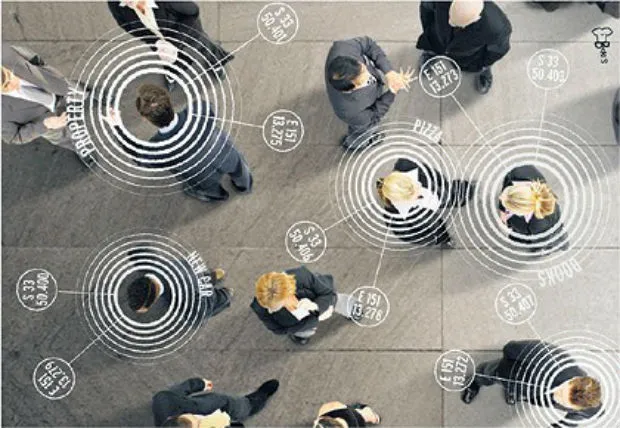
FCC adopts rules forcing wireless carriers to provide accurate indoor positioning of E911 calls
 Introducing E-calls system was a painful project for wireless carrier all around US and European Union. The project aims to automatically provide a position of a person dialling 911 in US and 112 in Europe. I haven’t seen any stats but I can imagine that this initiative saved a lot of lives.
Introducing E-calls system was a painful project for wireless carrier all around US and European Union. The project aims to automatically provide a position of a person dialling 911 in US and 112 in Europe. I haven’t seen any stats but I can imagine that this initiative saved a lot of lives.
Now the FCC went one step further. The newly approved rules says that within two years, carriers will have to give an indoor position within 50 meters in 40 percent of cases. Within five years, the location will have to be accurate in 70 percent of cases. This will mitigate the problem which emergency services had to locate people inside large buildings like shopping malls.
The FCC noted that “no single technological approach will solve the challenge of indoor location, and no solution can be implemented overnight.” Various vendors already provides indoor location solutions to carriers. But the fact is that this initiative might push the indoor industry forward. It might also create new business opportunities for carriers which are learning how to monetize our location-based mobile singling data.
We are waiting for a European Union to set up a similar initiative.
source: FirenceWireless






